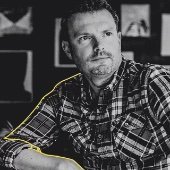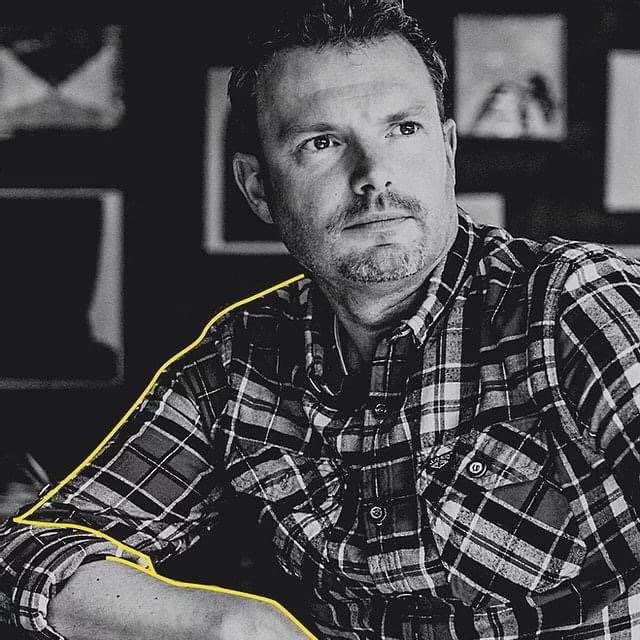-
Posts
4,779 -
Joined
-
Last visited
Content Type
Profiles
Forums
Events
Gallery
Everything posted by JeroenPeters
-

zoukei-mura FockeWulf Ta152H-1
JeroenPeters replied to TeWika's topic in LSM 1/35 and Larger Work In Progress
I guess that as long as you don't actually 'count' them you're allright! Looking great... -

Revell 1:32 Bf109 G-10
JeroenPeters replied to matto21's topic in LSM 1/35 and Larger Work In Progress
Nice start. I also started out with 1/72 and 1/48 models until i tried a 1/32 me109. Never built anything under 1/32 ever since.... -
Lovely! I like your style. Not too clean. Nice and dark. Cheers
- 19 replies
-
- Hansa
- brandenburg
- (and 5 more)
-
ZM will really have to go to town on this one. Why? Because we know Eduard, or almost any other AM company touches the ZM kits. Revell kits however get the full treatment. Since I think the ZM detail could be sharper in a lot of places, Id opt for the Revell 190 and get my hands on a Big Ed as soon as I can.
-

Mig 3 - In the Buff
JeroenPeters replied to wackyracer's topic in LSM 1/35 and Larger Work In Progress
Fantastic work on the decals so far! Love it.. -

An "internal walkaround" of an English Electric Lightning F.53
JeroenPeters replied to HaraldJoergens's topic in Walkarounds
Sweet! Thnx for that! -

Mig 3 - In the Buff
JeroenPeters replied to wackyracer's topic in LSM 1/35 and Larger Work In Progress
Inspiration! -
Details, hinges and handle mount added to the frame.
-
Hi Ted, The wheels are from Franck Oudin / MDC.
-
Gear all done! The nose wheel can turn and steer.
-
Made some small progress today. Gear is almost done. The MDC resin wheels fit great. Just adding the brake line now from 0,6mm lead wire. Also made the open access hatch from strips of green card. Only need to add the door handle. The poleax glass is packaging material i found in the fridge The front gear suddenly missed it's two extra pistons. I'll add these once the gear is installed. Think that will be easier...
-
And from Geeske (my girlfriend) and me too! All the best. Screw the carpet monster. May paint stick and decals go down!!
-

zoukei-mura FockeWulf Ta152H-1
JeroenPeters replied to TeWika's topic in LSM 1/35 and Larger Work In Progress
REALLY COOL. Are you using the MDC rivet tool? -
Thnx Ted, Cees lives down my street so I'll pay him a visit in the next couple of days and check it out!
-
Unbelievable great review! And the speed.... on the same day as it landed on your doorstep! That box must be bigger than you!!
-
Furry nice... Nice and tight.
-
The fit of the glazing is pretty good. With Jim it's perfect. I had to carefully dry fit and sand a little bit.
-
Hmmm... Cees (fellow staff member) has the same problem. I also have it sometimes, but when i restart my computer pasting works again... Really annoying. I work on a Mac book by the way...
-
Cool.... Any quick glances you can share with us? Just a peek
-

Renault FT (Scale 1/16)
JeroenPeters replied to Layton's topic in LSM 1/35 and Larger Work In Progress
I love it! Very convincing... Please continue -
Just painted the tires. Still masked here. I use a mix of colors. Grey, black, light brown, light grey. Lighter on the outside. The nose wheel has white walls.
-
I use photo bucket. Not sure about managing photo's with android...


